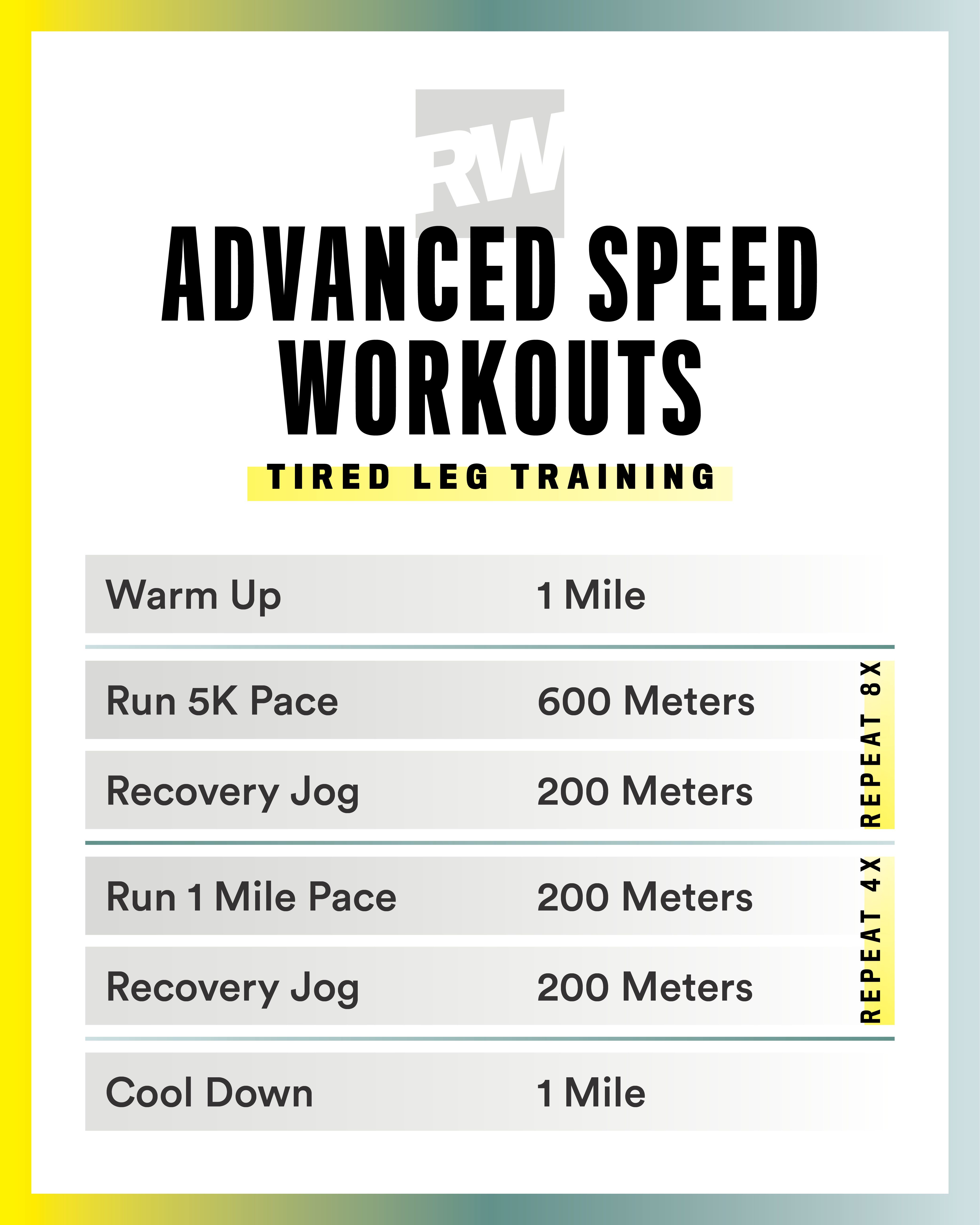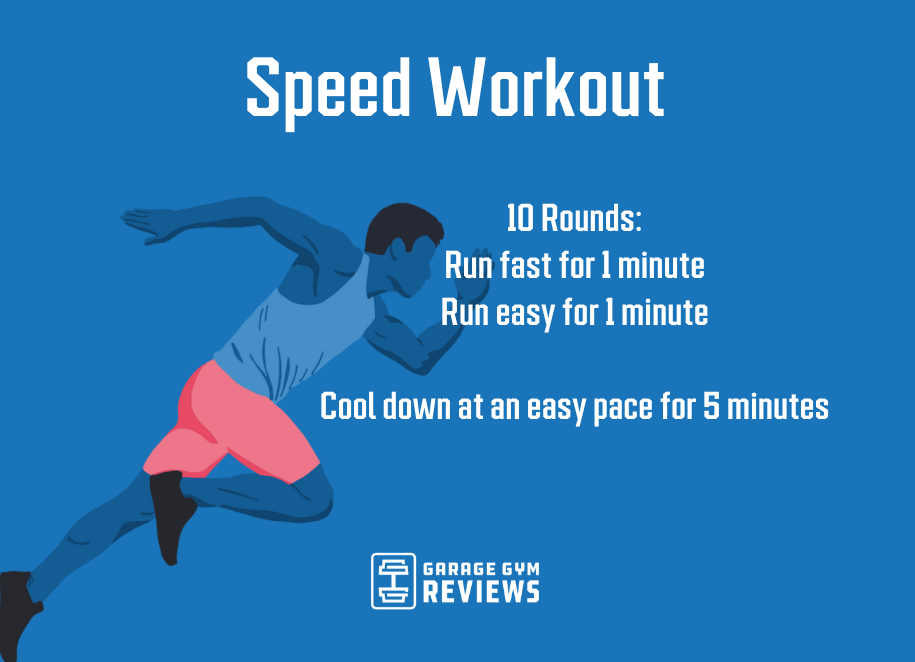Overhaul Your Running Strategy: Tips for Boosted Efficiency
Dealing With Usual Running Discomforts: Causes, Solutions, and Prevention
As joggers, we often experience different pains that can impede our efficiency and enjoyment of this physical activity. From the devastating pain of shin splints to the irritating IT band disorder, these usual operating pains can be irritating and demotivating. Comprehending the causes behind these conditions is critical in efficiently resolving them. By exploring the origin reasons for these running discomforts, we can uncover targeted solutions and safety nets to make certain a smoother and a lot more fulfilling running experience (Get More Info).
Typical Running Discomfort: Shin Splints
Shin splints, a typical running pain, commonly result from overuse or inappropriate shoes throughout exercise. This condition, medically called median tibial anxiety syndrome, shows up as pain along the internal side of the shinbone (shin) and is widespread amongst professional athletes and joggers. The repeated tension on the shinbone and the tissues affixing the muscular tissues to the bone causes inflammation and pain. Runners who rapidly boost the intensity or duration of their workouts, or those that have flat feet or inappropriate running strategies, are especially susceptible to shin splints.
To stop shin splints, individuals should progressively increase the intensity of their workouts, use suitable shoes with correct arch support, and preserve flexibility and stamina in the muscle mass bordering the shin. If shin splints do occur, preliminary treatment involves remainder, ice, compression, and altitude (RICE) Additionally, incorporating low-impact activities like swimming or biking can aid maintain cardiovascular physical fitness while allowing the shins to recover. Relentless or severe cases may require clinical examination and physical treatment for effective monitoring.
Usual Running Discomfort: IT Band Disorder
In addition to shin splints, an additional widespread running discomfort that athletes often come across is IT Band Disorder, a problem triggered by swelling of the iliotibial band that leaves the external thigh and knee. IT Band Disorder normally materializes as discomfort outside of the knee, specifically throughout activities like running or cycling. The iliotibial band is a thick band of fascia that links the hip to the shin, and when it comes to be inflamed or limited, it can scrub against the upper leg bone, causing discomfort and pain.
Runners experiencing IT Band Disorder may see a painful or hurting sensation on the external knee, which can get worse with ongoing task. Aspects such as overuse, muscular tissue discrepancies, improper running kind, or insufficient warm-up can contribute to the growth of this condition.
Typical Running Discomfort: Plantar Fasciitis

Plantar Fasciitis can be connected to various factors such as overtraining, improper shoes, operating on hard surface areas, or having high arches or flat feet. To avoid and ease Plantar Fasciitis, runners can include stretching workouts for the calves and plantar fascia, wear supportive shoes, preserve a healthy weight to reduce pressure on the feet, and slowly increase running intensity to avoid unexpected anxiety on the plantar fascia. If signs and symptoms linger, it is suggested to seek advice from a medical care specialist for correct diagnosis and treatment options to attend to the condition efficiently.
Common Running Pain: Runner's Knee
After addressing the challenges of Plantar Fasciitis, another common problem that joggers usually face is Jogger's Knee, a typical running discomfort that can prevent sports efficiency and cause pain throughout exercise. Jogger's Knee, likewise referred to as patellofemoral discomfort syndrome, shows up as pain around or behind the kneecap. This condition is frequently connected to overuse, muscle inequalities, incorrect running techniques, or problems with the placement of the kneecap. Joggers experiencing this pain may really feel a plain, aching discomfort while running, rising or down staircases, or after long term periods of resting. To avoid Runner's Knee, it is vital to include proper workout and cool-down routines, maintain solid and balanced leg muscles, put on appropriate footwear, and slowly enhance running intensity. If symptoms persist, seeking guidance from a medical care professional or a sporting activities medicine expert is suggested to diagnose the underlying cause and establish a tailored therapy plan to alleviate the discomfort and protect against additional issues.
Common Running Pain: Achilles Tendonitis
Frequently affecting joggers, Achilles Tendonitis is an unpleasant condition that influences the Achilles tendon, causing discomfort and possible restrictions in physical activity. The Achilles ligament is a thick band of cells that connects the calf bone muscular tissues to the heel bone, crucial for tasks like running, jumping, and strolling - find this. Achilles Tendonitis frequently creates because of overuse, incorrect shoes, poor stretching, or abrupt boosts in physical task
Signs of Achilles Tendonitis include pain and stiffness along the ligament, especially in the early morning or after durations of inactivity, swelling that intensifies with activity, and potentially bone stimulates in persistent instances. To stop Achilles Tendonitis, it is vital to extend properly before and after running, use suitable shoes with appropriate assistance, progressively boost the intensity of workout, and cross-train to reduce repeated anxiety on the ligament. Treatment may involve remainder, ice, compression, elevation (RICE protocol), physical treatment, orthotics, and in extreme situations, surgical procedure. Early intervention and appropriate treatment are essential for taking care of Achilles Tendonitis efficiently and preventing lasting difficulties.
Verdict
